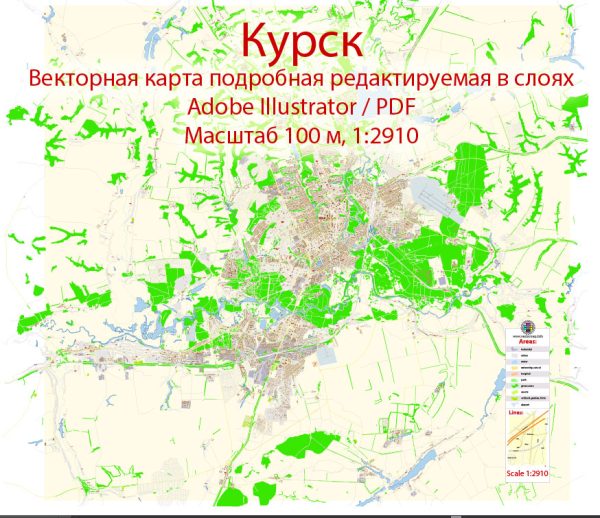Kursk is a city located in western Russia, near the border with Ukraine. It is the administrative center of the Kursk Oblast region. Here are some aspects of the socio-economic landscape of Kursk:
- Economy:
- Industry: Kursk has historically been an industrial center, with industries such as machinery, metalworking, and food processing playing a significant role. There is also a focus on the production of agricultural machinery.
- Agriculture: The region surrounding Kursk is known for its fertile soil, and agriculture is an important part of the local economy. The cultivation of crops, such as wheat and other grains, is common.
- Employment:
- Industrial Employment: Many residents are employed in industries like manufacturing and metalworking.
- Agricultural Employment: Given the region’s agricultural significance, a portion of the population is likely employed in farming activities.
- Education:
- Kursk has educational institutions, including universities and research centers. These institutions contribute to the education and training of the local population.
- Infrastructure:
- Transportation: Kursk is well-connected by road and rail. It has transportation links to Moscow and other major cities, facilitating the movement of goods and people.
- Utilities: The city has basic infrastructure like water supply, electricity, and other essential services.
- Culture and Tourism:
- Kursk has historical and cultural significance. It is known for sites like the Kursk Magnetic Anomaly, a major iron ore basin, and the Kursk Root Icon, an important religious icon.
- The city may attract tourists interested in history, architecture, and religious landmarks.
- Healthcare:
- Kursk likely has healthcare facilities to cater to the medical needs of its residents.
Remember that this information provides a general overview, and specific details may have changed since my last update. For the most current and detailed information about the socio-economic status of Kursk, I recommend checking more recent sources, such as local government reports, news articles, or statistical databases.


 Author: Kirill Shrayber, Ph.D.
Author: Kirill Shrayber, Ph.D.